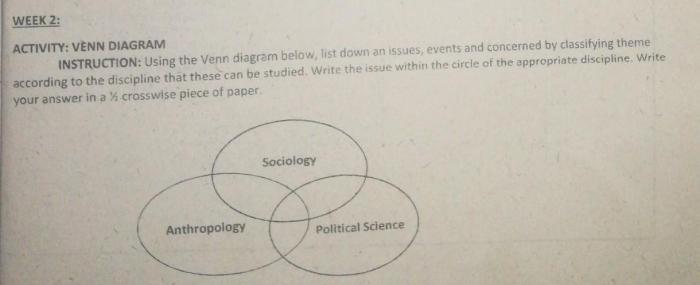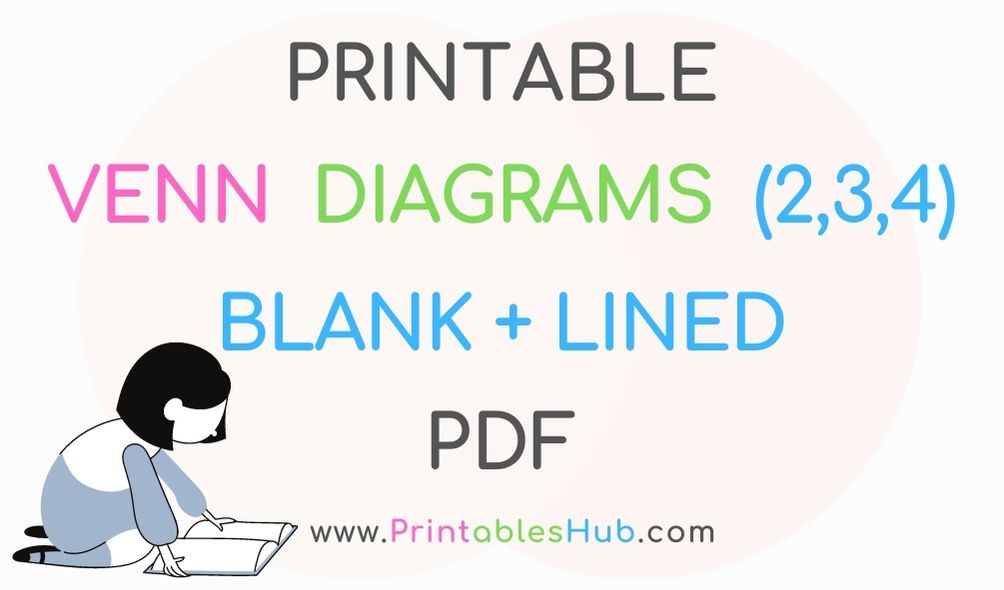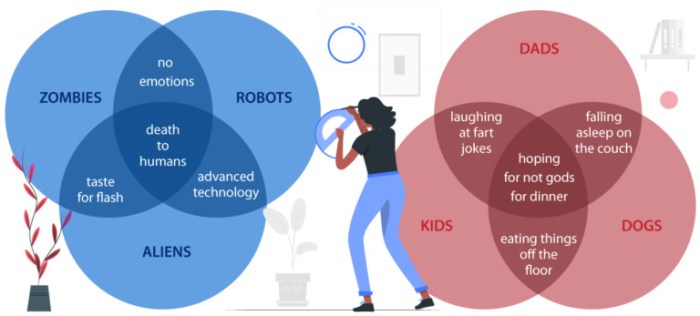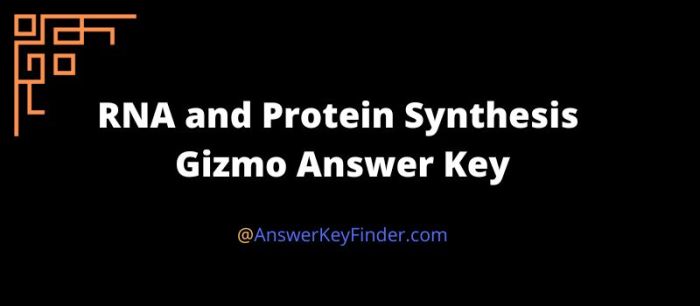Familiar but flawed answer key venn diagram – Navigating the realm of answer keys, we encounter a paradoxical duality: the familiar, providing a sense of comfort, yet often marred by flaws that undermine their reliability. This article delves into the intriguing Venn diagram of familiar but flawed answer keys, exploring their overlapping characteristics, implications, and guidelines for creating effective alternatives.
Answer keys, ubiquitous in educational settings, serve as essential tools for assessing student understanding. However, the familiarity we associate with them can mask inherent flaws, leading to erroneous interpretations and compromised learning outcomes.
Venn Diagram: Concept and Application

A Venn diagram is a graphical representation of the relationships between different sets. It consists of overlapping circles, where each circle represents a set and the overlapping area represents the elements that are common to both sets.
Venn diagrams are widely used in various fields, including mathematics, statistics, computer science, and biology. They help visualize and analyze the relationships between sets, making it easier to understand and compare them.
Applications of Venn Diagrams, Familiar but flawed answer key venn diagram
- Set theory:Venn diagrams are used to represent and analyze the relationships between sets, such as union, intersection, and complement.
- Probability and statistics:Venn diagrams are used to represent and analyze probability distributions, such as joint and conditional probabilities.
- Computer science:Venn diagrams are used to represent and analyze the relationships between sets of data, such as the intersection and union of different sets of objects.
- Biology:Venn diagrams are used to represent and analyze the relationships between different sets of genes, proteins, or other biological entities.
Familiar and Flawed Answer Keys

A familiar answer key is an answer key that provides answers that are familiar to students, but may not necessarily be correct or complete. Flawed answer keys, on the other hand, contain errors or inconsistencies that make them unreliable.
Examples of Familiar Answer Keys
- An answer key that provides answers that are similar to the ones that students have seen in previous exams or assignments.
- An answer key that provides answers that are consistent with the way that the teacher has taught the material.
- An answer key that provides answers that are supported by the textbook or other course materials.
Common Flaws Found in Answer Keys
- Errors in content:The answer key may contain incorrect or incomplete answers.
- Errors in format:The answer key may be poorly formatted or organized, making it difficult for students to find the answers they need.
- Bias:The answer key may be biased towards certain students or groups of students.
Intersecting Areas of Familiar and Flawed

Familiar and flawed answer keys share some overlapping characteristics. For example, both types of answer keys may provide answers that are familiar to students. However, familiar answer keys are not necessarily correct or complete, while flawed answer keys contain errors or inconsistencies.
The intersection of familiar and flawed answer keys can be problematic because it can lead students to believe that incorrect or incomplete answers are correct. This can result in students learning incorrect information or developing misconceptions about the material.
Creating an Effective Answer Key
To create an effective answer key, it is important to follow these guidelines:
- Accuracy:The answer key should contain correct and complete answers.
- Clarity:The answer key should be easy to understand and follow.
- Consistency:The answer key should be consistent with the way that the material has been taught.
- Objectivity:The answer key should not be biased towards certain students or groups of students.
Benefits of Using Effective Answer Keys
- Improved student learning:Effective answer keys can help students learn the material more effectively by providing them with correct and complete answers.
- Reduced frustration:Effective answer keys can reduce student frustration by making it easier for them to find the answers they need.
- Increased confidence:Effective answer keys can increase student confidence by providing them with feedback on their work.
Visual Representation: Venn Diagram
The following Venn diagram represents the relationship between familiar and flawed answer keys:
| Familiar | Not Familiar | |
|---|---|---|
| Flawed | Familiar and Flawed | Not Familiar and Flawed |
| Not Flawed | Familiar and Not Flawed | Not Familiar and Not Flawed |
The overlapping area represents the answers that are both familiar and flawed. This area should be minimized in order to create an effective answer key.
Clarifying Questions: Familiar But Flawed Answer Key Venn Diagram
What are the key flaws commonly found in answer keys?
Answer keys may contain errors, omissions, ambiguous language, or inconsistencies with the source material.
How can the intersections between familiar and flawed answer keys impact student learning?
Over-reliance on familiar but flawed answer keys can reinforce misconceptions, hinder critical thinking, and undermine the credibility of assessments.
What are the guidelines for creating effective answer keys?
Effective answer keys should be accurate, comprehensive, clear, concise, and aligned with learning objectives.

